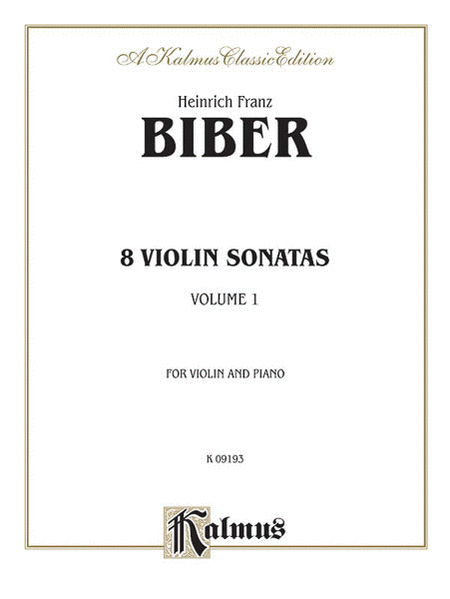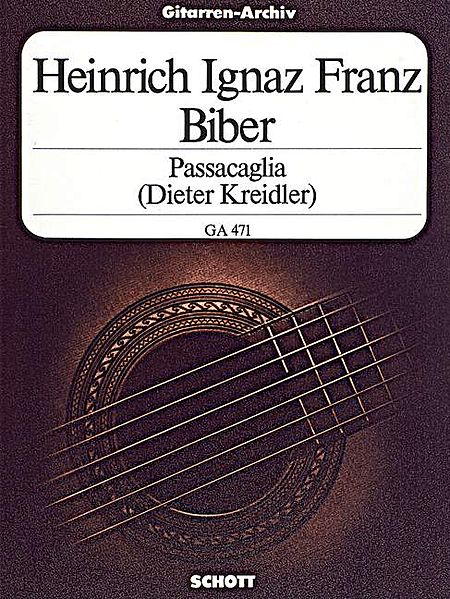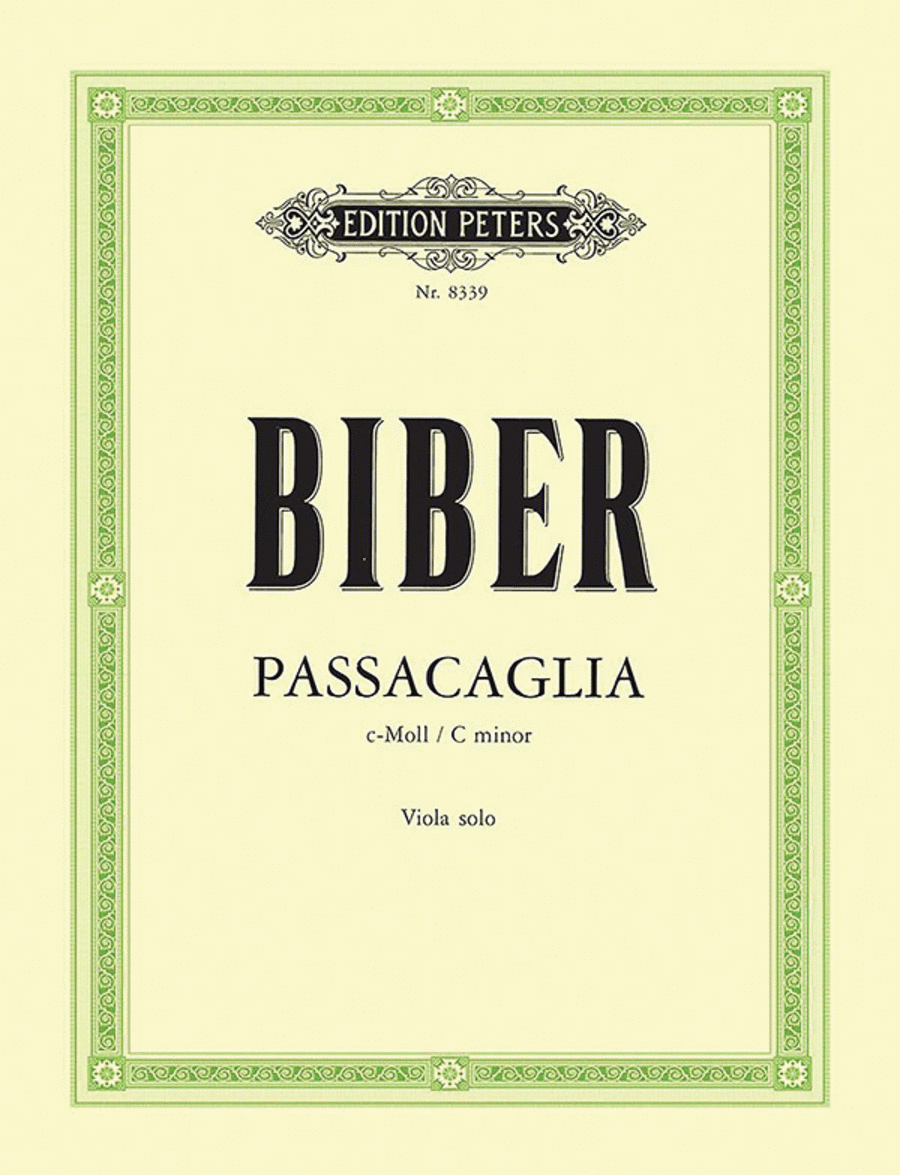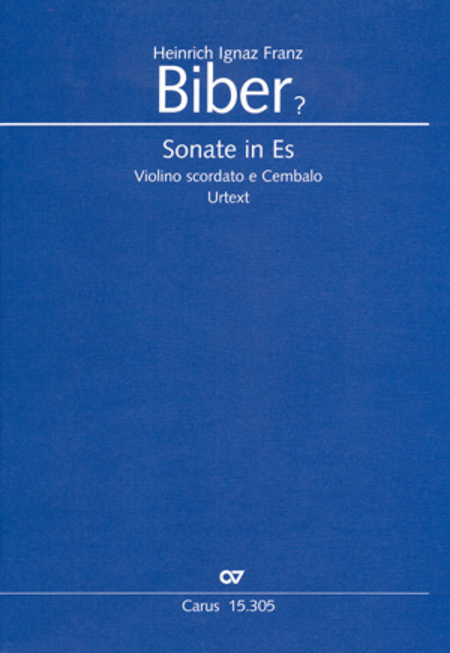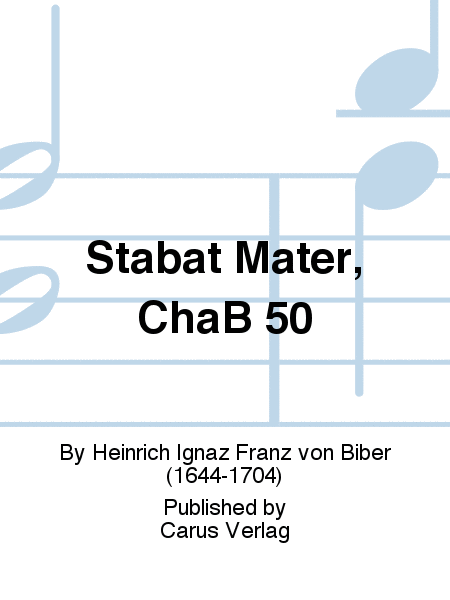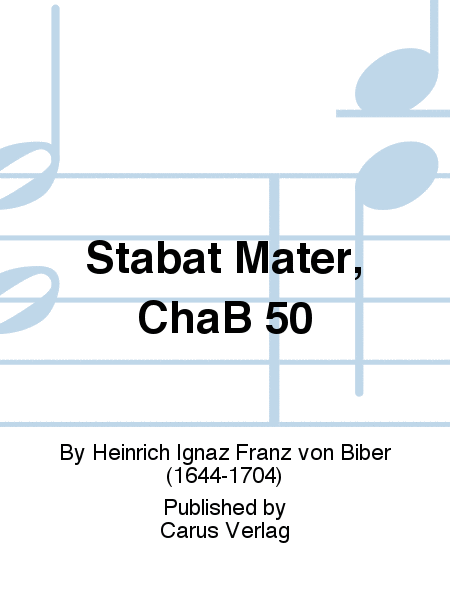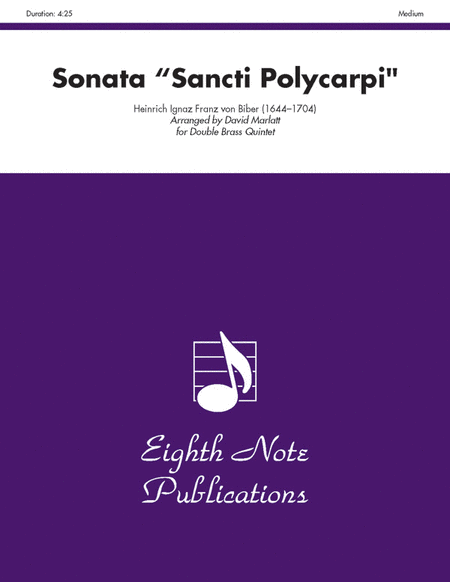Heinrich Ignaz Biber (1644 - 1704)
 Autriche
Autriche
Heinrich Ignaz Franz von Biber (August 12, 1644 ? May 3, 1704) was a Bohemian-Austrian composer and violinist. Biber was born in Wartenberg (now Strá? pod Ralskem, Czech Republic). He was first a violinist at the castle of Kroměří? and th ... (Read all)
Source : Wikipedia
 Autriche
AutricheHeinrich Ignaz Franz von Biber (August 12, 1644 ? May 3, 1704) was a Bohemian-Austrian composer and violinist. Biber was born in Wartenberg (now Strá? pod Ralskem, Czech Republic). He was first a violinist at the castle of Kroměří? and th ... (Read all)
Source : Wikipedia
Free sheet music of Heinrich Ignaz Biber
38 sheets found sorted by:
Search
| ||||||||||||||||||||||||||||||||||||||||
© 2000 - 2024
Home - New releases - Composers
Legal notice - Full version

























